Obsessed With The Fact That Ilya Repin Had His Friend Vselovod Garshin Model For Ivan The Younger In



obsessed with the fact that Ilya Repin had his friend Vselovod Garshin model for Ivan the Younger in this painting and his reasoning was "He just looks like he's going to die a tragic death". Garshin committed suicide 3 years later.
More Posts from Temple-of-bullets and Others




Battleship Potemkin (1925, dir. Sergei M. Eisenstein)




Liebesszene (Love Scene), Käthe Kollwitz (1909-10) / Hannibal 3.13 The Wrath of the Lamb
Очень бы хотелось видеть эстетику на твоего любимого персонажа из любого книжного фандома :з









ᴘʏᴏᴛʀ ᴠᴇʀᴋʜᴏᴠᴇɴsᴋʏ, ᴅᴇᴍᴏɴs / Пётᴘ Вᴇᴘхᴏʙᴇʜᴄᴋий, “Бᴇᴄы” ♡
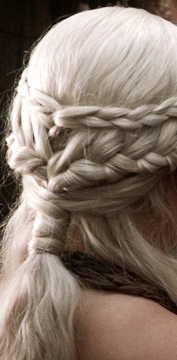





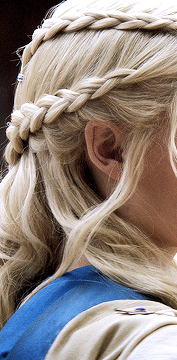


Daenerys Targaryen & her braids


Arnold Genthe. Helen Moeller and pupils, 1921.
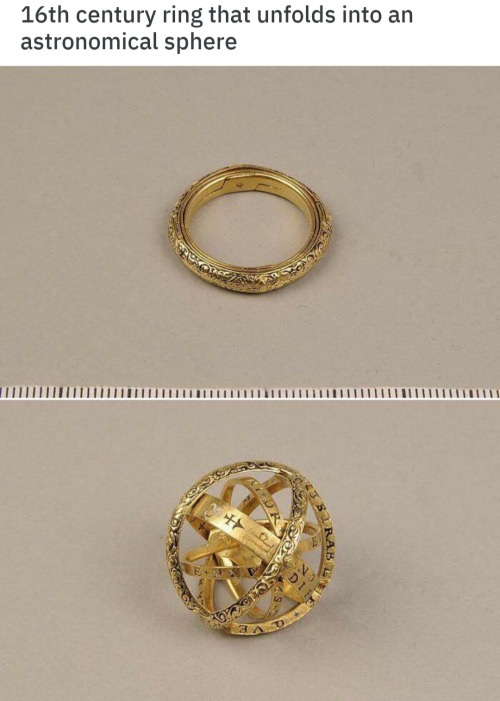
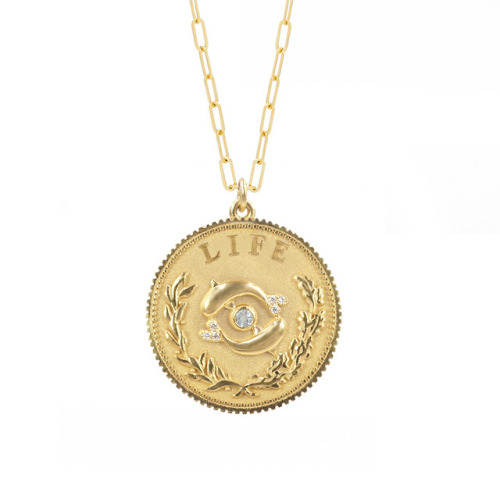
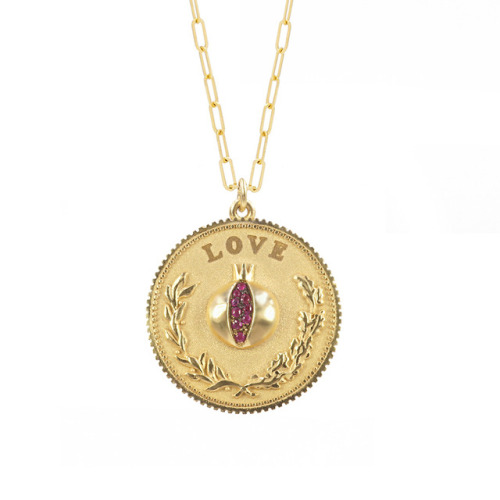
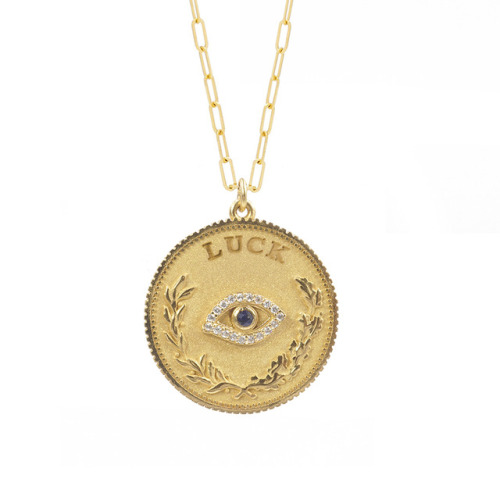
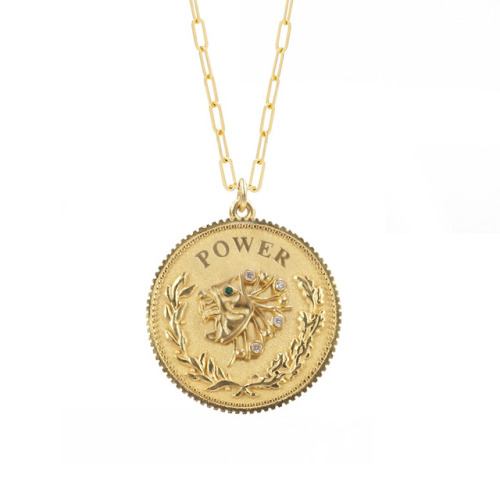
‘The Golden Daric’ collection by Shiva Safai x Noush Jewellery — inspired by the monetary standard of the Achaemenid Persian Empire.
(x)
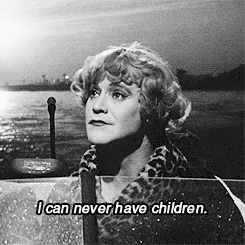
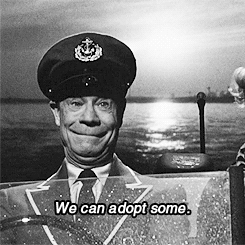
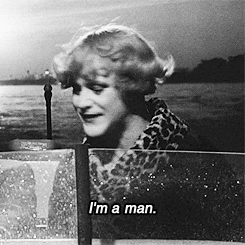

Can you tell me more about fabric flower hair pins used in hanfu? I saw a lot of Japanese-style kanzashi in “The Empress of China”, but I couldn’t find any info of that sort of hair ornament used in Chinese history.
Hi, thanks for the question!

Yep, you’re right - the Cdrama “The Empress of China” sometimes uses Japanese-style fabric flower hairpins (see example below) that are culturally and historically inaccurate (then again, Chinese costume dramas are notorious for being loose with sartorial historical accuracy…):

So let’s now take a look at actual Chinese fabric flower hairpins:

The umbrella term for Chinese flower hair ornaments is Zan Hua/簪花 (lit. “flower hairpins”), which includes fresh flowers as well as artificial ones made from fabric, paper (Zhi Hua/纸花), beads (Zhu Hua/珠花), etc.
Traditional Chinese fabric flower hairpins used with Hanfu include (but are not limited to!):
1) Juan Hua/绢花: “Silk flowers” - flower imitations made from silk fabrics of various colors. Dates back to more than 1,700 years ago, and was the main ornament for women during the Tang Dynasty. In 2008, Beijing Juanhua was officially designated as an intangible cultural heritage of China.


2) Chan Hua/缠花: “Wrapped flowers” - using colorful silk threads to wind flower art onto fixed frames. The technique of wrapping flowers originated during the Ming dynasty and flourished in the Qing dynasty. Notable for being small, delicate, and lifelike. Has been designated as an intangible cultural heritage of China.



3) Rong Hua/绒花: "Velvet flowers” - made from fine silk on twisted wire frames. Dates back to the Qin Dynasty, and was a marker of nobility. Eventually became popular among the common people during the late Ming and early Qing dynasties, and was mainly worn during festivals and weddings. In 2006, Nanjing Ronghua was officially designated as an intangible cultural heritage of China.



For more resources, you can check out my Zanhua tag for my posts on Chinese floral hair ornaments, as well as my sub-tags for Chanhua and Ronghua.
Of course this doesn’t cover everything, but hope this helps! ^^
Sources/Images: 1, 2, 3, 4, 5, 6, 7, 8, 9, 10, 11, 12
-
 gradydelbert liked this · 9 months ago
gradydelbert liked this · 9 months ago -
 derbesteseemann liked this · 1 year ago
derbesteseemann liked this · 1 year ago -
 temple-of-bullets reblogged this · 1 year ago
temple-of-bullets reblogged this · 1 year ago -
 temple-of-bullets liked this · 1 year ago
temple-of-bullets liked this · 1 year ago -
 tuttocenere liked this · 1 year ago
tuttocenere liked this · 1 year ago -
 uhhhartiguess reblogged this · 1 year ago
uhhhartiguess reblogged this · 1 year ago -
 miserymheiri reblogged this · 1 year ago
miserymheiri reblogged this · 1 year ago -
 miserymheiri liked this · 1 year ago
miserymheiri liked this · 1 year ago -
 lickspittlepouf liked this · 1 year ago
lickspittlepouf liked this · 1 year ago -
 eads reblogged this · 1 year ago
eads reblogged this · 1 year ago -
 tenaciousghostdreamerland reblogged this · 1 year ago
tenaciousghostdreamerland reblogged this · 1 year ago -
 tinylilvalery liked this · 1 year ago
tinylilvalery liked this · 1 year ago -
 saddesert liked this · 2 years ago
saddesert liked this · 2 years ago -
 zhabk4 liked this · 2 years ago
zhabk4 liked this · 2 years ago -
 hgyams liked this · 2 years ago
hgyams liked this · 2 years ago -
 fulltimechimera liked this · 2 years ago
fulltimechimera liked this · 2 years ago -
 trafficpolicestate reblogged this · 2 years ago
trafficpolicestate reblogged this · 2 years ago -
 trafficpolicestate liked this · 2 years ago
trafficpolicestate liked this · 2 years ago -
 xecat liked this · 2 years ago
xecat liked this · 2 years ago -
 pyrrhlc liked this · 2 years ago
pyrrhlc liked this · 2 years ago -
 pegasusgoat liked this · 2 years ago
pegasusgoat liked this · 2 years ago -
 blessedjoy liked this · 2 years ago
blessedjoy liked this · 2 years ago -
 raspberryjameater reblogged this · 2 years ago
raspberryjameater reblogged this · 2 years ago -
 watterson-hobbes reblogged this · 2 years ago
watterson-hobbes reblogged this · 2 years ago -
 mypenisthebarrelofthegun liked this · 2 years ago
mypenisthebarrelofthegun liked this · 2 years ago -
 maturina reblogged this · 2 years ago
maturina reblogged this · 2 years ago -
 heartclover liked this · 2 years ago
heartclover liked this · 2 years ago -
 silvergrain-in-the-dark liked this · 2 years ago
silvergrain-in-the-dark liked this · 2 years ago -
 flowercorpses liked this · 2 years ago
flowercorpses liked this · 2 years ago -
 druzsea liked this · 2 years ago
druzsea liked this · 2 years ago -
 visigoths reblogged this · 2 years ago
visigoths reblogged this · 2 years ago -
 introspectiveblob liked this · 2 years ago
introspectiveblob liked this · 2 years ago -
 gotasobgrafite liked this · 2 years ago
gotasobgrafite liked this · 2 years ago -
 sweetlyminiaturesublime liked this · 2 years ago
sweetlyminiaturesublime liked this · 2 years ago -
 proartsblog reblogged this · 2 years ago
proartsblog reblogged this · 2 years ago -
 those-beautiful-giant-squids liked this · 2 years ago
those-beautiful-giant-squids liked this · 2 years ago -
 birbling liked this · 2 years ago
birbling liked this · 2 years ago -
 yourneighborhoodgutterwitch reblogged this · 2 years ago
yourneighborhoodgutterwitch reblogged this · 2 years ago -
 tommymi liked this · 2 years ago
tommymi liked this · 2 years ago -
 wheja-sciart liked this · 2 years ago
wheja-sciart liked this · 2 years ago